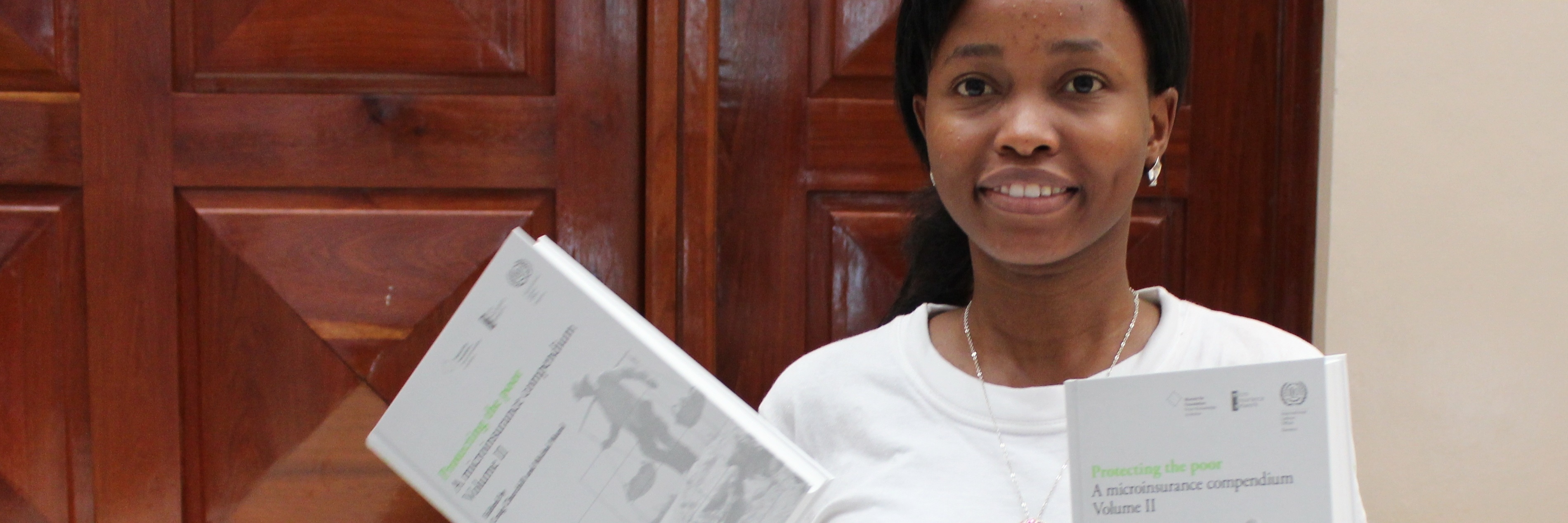
Protecting the poor
A microinsurance compendium - Volume I
properties.trackTitle
properties.trackSubtitle
This is a co-publication with the International Labour Organization (ILO), Geneva, Switzerland.
This authoritative compendium brings together the latest thinking of leading academics, actuaries, and insurance and development professionals in the microinsurance field. The result is a practical, wide-ranging resource which provides the most thorough overview of the subject to date.
The book allows readers to benefit from the valuable lessons learned from a project launched by the Microinsurance Network analysing operations around the world. Essential reading for insurance professionals, practitioners and anyone involved with offering insurance to low-income persons, this volume covers the many aspects of microinsurance in detail including product design, marketing, premium collection and governance.
It also discusses the various institutional arrangements available for delivery such as the community-based approach, insurance companies owned by networks of savings and credit cooperatives and microfinance institutions. The roles of key stakeholders are also explored and the book offers insightful strategies for achieving the right balance between coverage, costs and price.
Download PDF English (full version)
Download PDF French (full version)
Download PDF Spanish (full version)
| Contents |
| - Acknowledgements |
> |
Part 1 | Principles and practices |
| |
1.1 | What is insurance for the poor? |
1.2 | The demand for microinsurance |
1.3 | The social protection perspective on microinsurance |
Part 2 | Microinsurance products and services |
> | |
2.1 | Challenges and strategies to extend health insurance to the poor |
2.2 | Long-term savings and insurance |
2.3 | Savings- and credit-linked insurance |
2.4 | Meeting the special needs of women and children |
Part 3 | Microinsurance operations |
> | |
3.1 | Product design and insurance risk management |
3.2 | Marketing microinsurance |
3.3 | Premium collection: Minimizing transaction costs and maximizing customer service |
3.4 | Claims processing |
3.5 | Pricing microinsurance products |
3.6 | Risk and financial management |
3.7 | Organization development in microinsurance |
3.8 | Governance |
3.9 | Loss control |
3.10 | Performance indicators and benchmarking |
Part 4 | Institutional options |
> | |
4.1 | Cooperatives and insurance: The mutual advantage |
4.2 | The partner-agent model: Challenges and opportunities |
4.3 | The community-based model: Mutual health organizations in Africa |
4.4 | Institutional options for delivering health microinsurance |
4.5 | Beyond MFIs and community-based models: Institutional alternatives |
4.6 | Retailers as microinsurance distribution channels |
4.7 | Microinsurance: Opportunities and pitfalls for microfinance institutions |
Part 5 | The role of other stakeholders |
> | |
5.1 | The role of donors |
5.2 | An enabling regulatory environment for microinsurance |
5.3 | The promotional role of governments |
5.4 | The role of insurers and reinsurers in supporting insurance for the poor |
5.5 | The provision of technical assistance |
Part 6 | Conclusions |
> | |
6.1 | Strategies for sustainability |
6.2 | The future of microinsurance |
Appendices | - Appendix I: Description of microinsurance providers |
> |